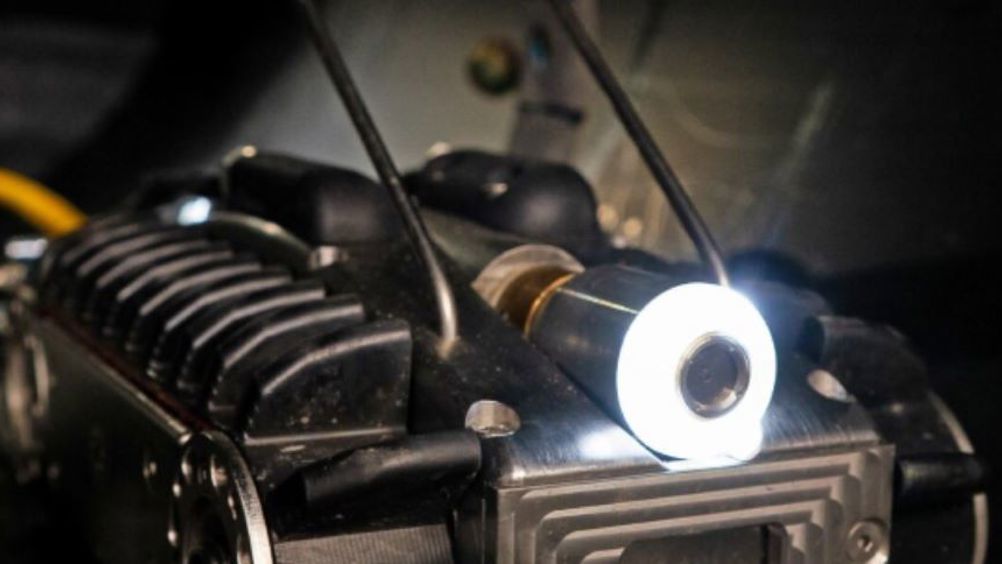Collaboration develops Pipebots to find and fix leaks from water pipes
The daily loss of three billion litres of water from England and Wales’s water pipes could be mitigated by micro-robots that inspect water pipes, diagnose cracks and fix them autonomously.

With a length of around 350,000km, the UK’s water network dates back to the Victorian era. As the underground infrastructure is ageing, cracks and faults are causing water to be continuously leaked.
Currently, the only way for human workers to pinpoint the flaw is by digging and locating a leak, which can take days of searching, resulting in high costs and road closures. Such works cost the UK economy at least £4bn per year.
To tackle this, researchers from Sheffield University’s School of Mechanical, Aerospace and Civil Engineering, in collaboration with the universities of Birmingham, Bristol and Leeds, have developed miniature robots with new sensors that can travel through pipes and check for defects autonomously.
The Pipebots are equipped with high-spec acoustic sensors and cameras, which enable them to navigate and detect faults. The smallest robot measures 40mm wide.
Without the need to dig up roads or pavements, a Pipebot swarm can be placed in a deployment hub and lowered into a water pipe through a hydrant. The Pipebots will then explore the area, scan for faults, and relay data back to the engineer above ground.
Register now to continue reading
Thanks for visiting The Engineer. You’ve now reached your monthly limit of news stories. Register for free to unlock unlimited access to all of our news coverage, as well as premium content including opinion, in-depth features and special reports.
Benefits of registering
-
In-depth insights and coverage of key emerging trends
-
Unrestricted access to special reports throughout the year
-
Daily technology news delivered straight to your inbox










Breaking the 15MW Barrier with Next-Gen Wind Turbines
Hi Martin, I don´t have any detailed parameters for the 15MW design other than my reading of the comment in the report ´aerodynamic loads at blade-tip...